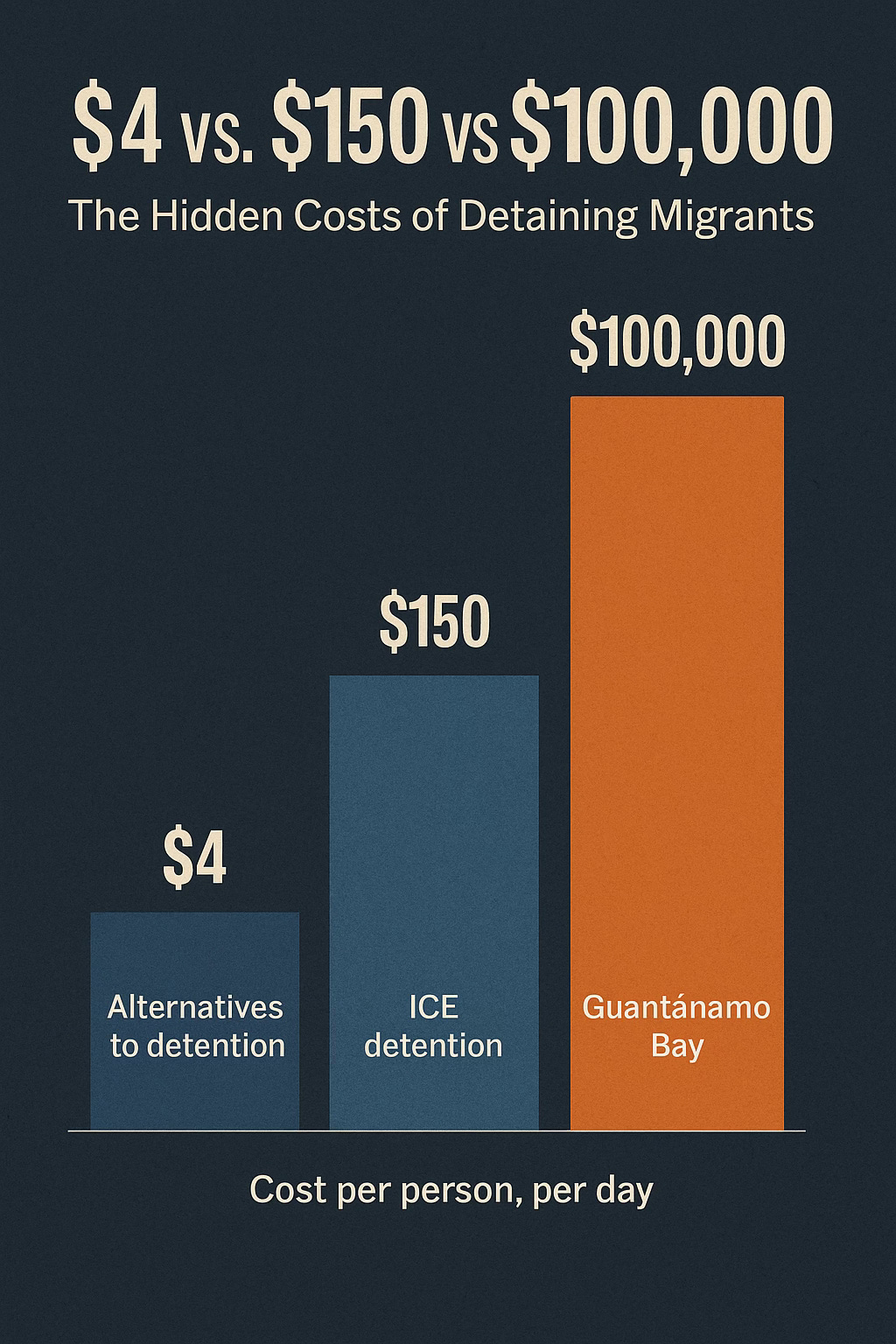"Behind every bed filled is a bank account growing. And behind every deportation, a dividend."
Private prison companies don’t just benefit from policy—they help write it. And the closer you look, the more tangled the financial web becomes: campaign donations, revolving doors, sweetheart contracts, and well-timed stock surges. This isn’t just detention. It’s investment strategy.
Who Cashes In?
The two giants of the immigration detention industry are GEO Group and CoreCivic. Together, they control more than half of all private immigration detention beds in the U.S.
GEO Group reported $2.42 billion in revenue in 2024, with a significant portion coming from ICE contracts.
CoreCivic reported $1.98 billion, largely under similar terms.
These companies don’t merely adapt to immigration enforcement policy. They influence it. Through campaign donations, lobbying, and hiring key former officials, they ensure that policies favor expansion, not reform.
Donations, Dividends, and Detainers
GEO Group and CoreCivic have donated millions to Trump-aligned Super PACs since 2016.
In 2024, donations surged again in anticipation of Trump’s return to office.
Tom Homan, Trump’s former acting ICE Director, received compensation from GEO before becoming his “border czar.”
Daniel Bible, ICE's former head of detention operations, now works for GEO Group.
This revolving door isn’t metaphorical—it’s literal. The same people who write enforcement policies are later paid to expand the companies that profit from them.
Stock Surges on Policy Shifts
Following Trump’s re-election and announced mass deportation plans, both GEO and CoreCivic stock prices surged:
GEO stock climbed nearly 60% in early 2025.
CoreCivic rose over 40%, with analysts citing “anticipated capacity growth.”
This is not coincidence. It’s a market responding to the promise of human detention as a growth sector.
What We Pay to Keep the Machine Running
Detaining someone isn’t just cruel. It’s absurdly expensive.
ICE detention costs an average of $150–165 per person, per day.
Family detention runs about $161/day.
Alternatives—like check-ins or electronic monitoring—cost as little as $4.20/day.
That means we spend over 35× more to jail an immigrant than to supervise them safely in the community.
In extreme cases, like proposals to detain migrants at Guantánamo Bay, the cost skyrockets to over $100,000 per person, per day. Some estimates land closer to $16,540/day, with $23K–$27K airlift costs per detainee.
One day at Guantánamo costs more than 23 years of community-based monitoring.
This isn’t about safety. It’s not even about deterrence. It’s about profit and policy—and how we spend taxpayer money to inflict harm.
Strategic Lobbying
These companies spent over $4 million on lobbying in 2024 alone.
Key goals:
Secure new ICE detention contracts
Expand guaranteed minimum occupancy clauses
Resist reform efforts that would shift away from detention-based models
They know their business isn’t just about running facilities—it’s about shaping the laws that keep them full.
The THX View: Admiration or Exploitation?
Let’s apply the Admiration Equation:
Skill: Are these companies technically good at detaining people? Maybe.
Goodness: Are they acting with integrity or public benefit? No.
Awe: Is there anything elevating, noble, or surprising about this business model? No. It’s predictably extractive.
Gratitude: Are families, communities, or the country grateful for this model? No. Most don’t even know it exists.
This system does not earn admiration. It demands outrage.
Who Pays the Real Price?
The public pays, through taxes that fund private contracts.
Families pay, through trauma, separation, and lost futures.
Our democracy pays, when public policy is written in backrooms by those who stand to profit from it.
And immigrants—many of whom have lived here for years, built businesses, raised children—are treated not as neighbors or contributors, but as revenue streams.
Next: The Emotional Economy of Detention
In Part 4, we’ll step back from the ledger and into the human cost. What is lost when dignity becomes a commodity? What happens when profit depends on pain?
We’ll explore the emotional collapse detention causes—and the opportunity to build something profoundly better.
Podcast Title: What It Costs to Break a Family
Read the Post
Listen to the Podcast
Beyond dollars, this episode explores the emotional toll: family separation, chronic fear, psychological collapse. Using the PERMAH model of human flourishing, we assess just how deeply the system wounds those it touches.





